This Saturday, August 19, 2017, is National Honey Bee Day. This commemoration was created by Pennsylvania beekeepers to recognize the beekeeping industry, honey bees, and the role they play in our food supply. Let's take this opportunity to honor the hard-working honey bees (they pollinate about 85% of bee-pollinated crops in the US, which is worth billions of dollars annually).
To keep honey bees healthy, access to ample, nutritious forage, i.e. flowers, is essential. It's important to provide year-round bloom and to include both pollen and nectar sources. The Haven's web page includes the information you need to develop this in your own garden; click here to go to all of our gardening resources.
Winter-blooming plants:
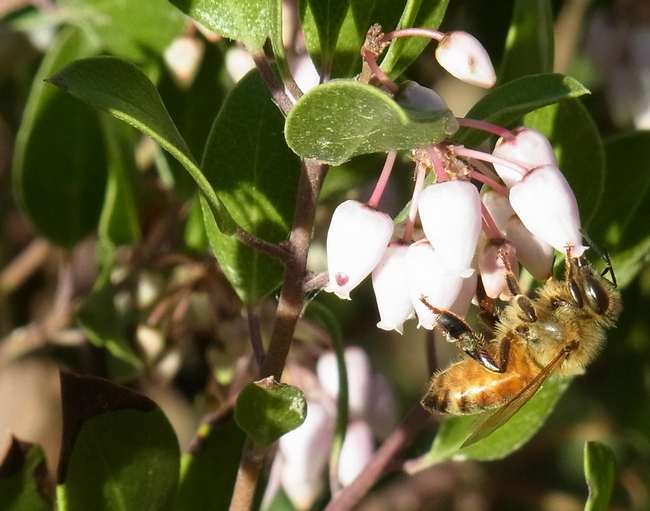
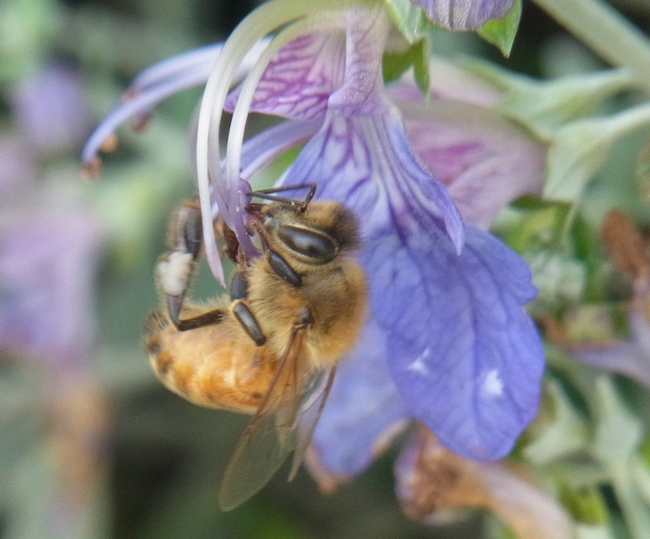
The winter food garden also depends on honey bee pollination:
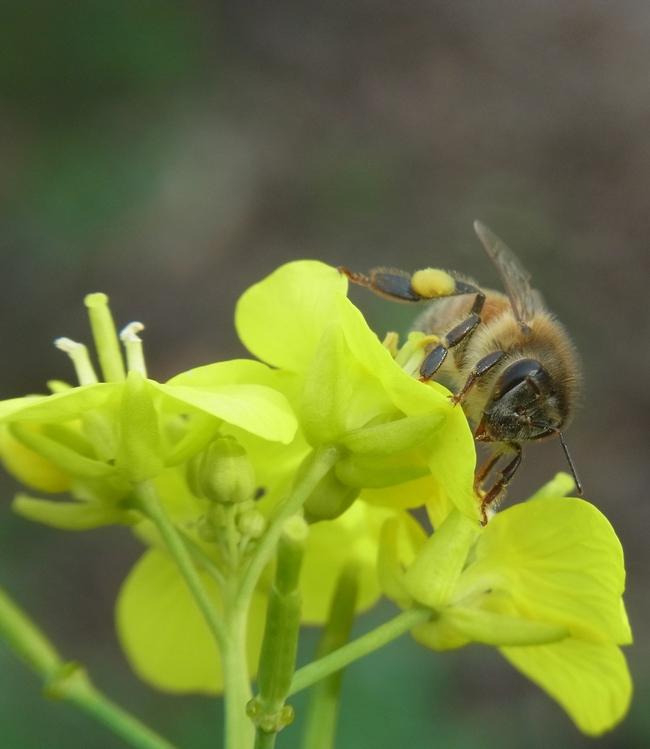
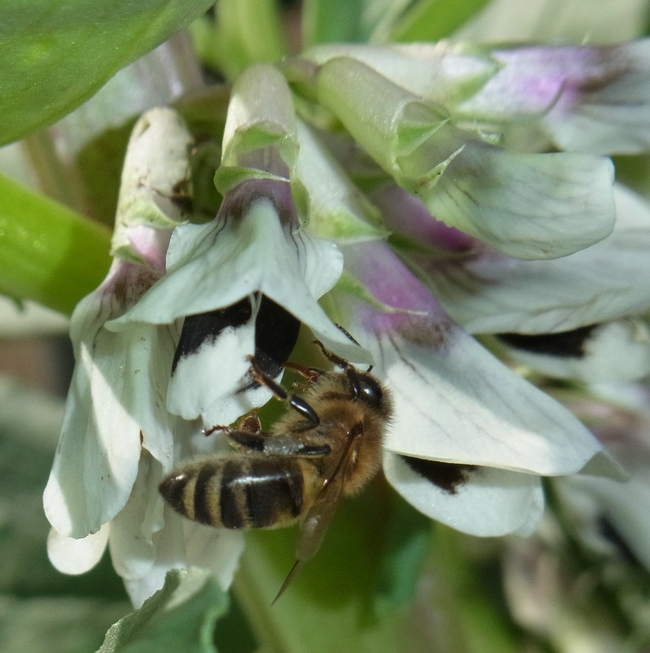
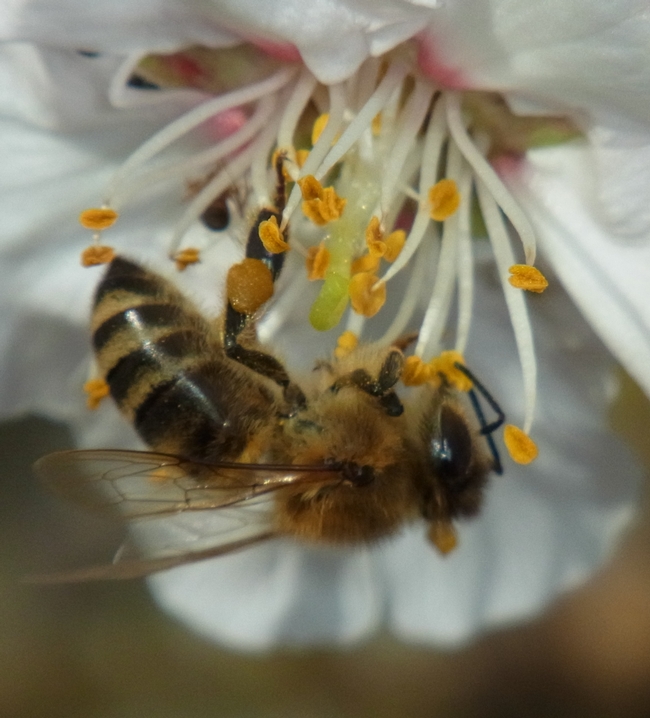
Early spring is when bees have a special need for pollen. This protein-rich plant component is fed to the young bees; an ample supply is important to building a strong colony. Early bloomers like ceanothus and California poppy are good pollen sources; March-blooming Spanish lavender provides a great nectar source that provides energy for spring foraging activity.
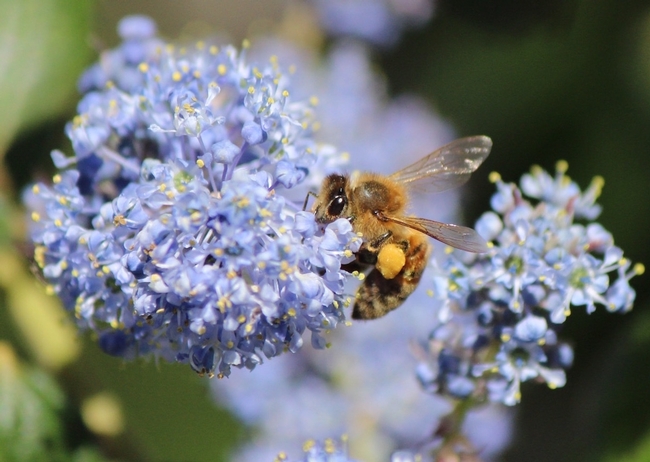
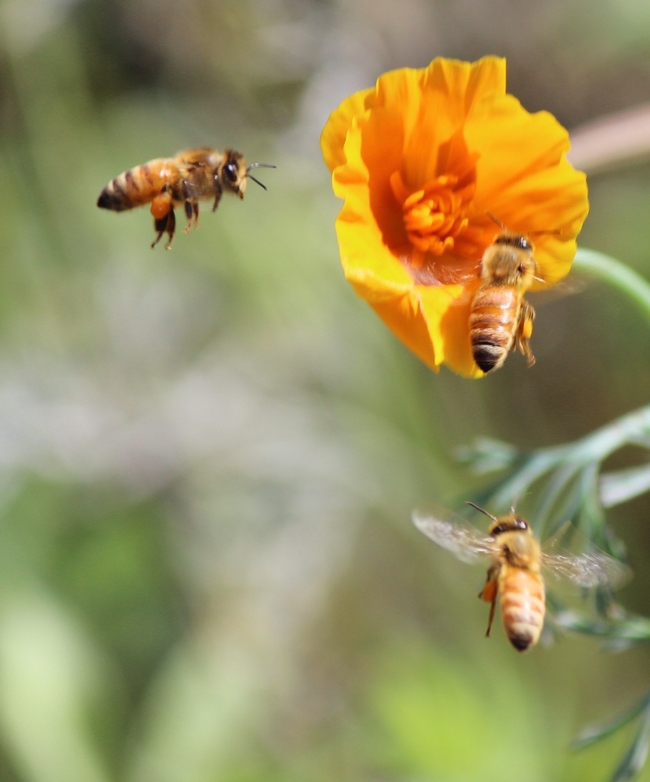
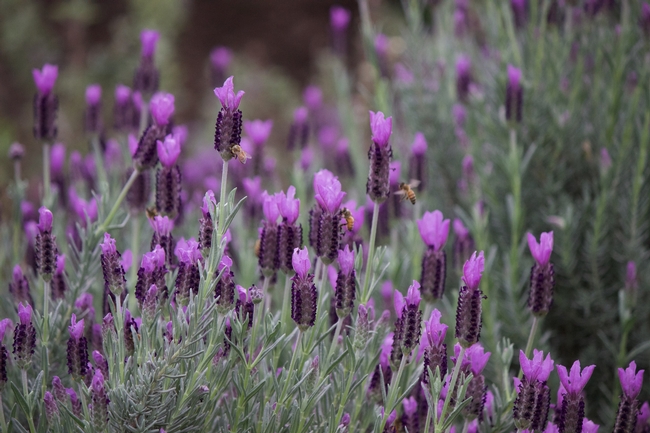
Late spring and into summer are when activity picks up in the bee garden. The hive is growing and there are bees to be fed! Here's a new bee entering the world, along with some of the pollen and nectar sources that will feed her:
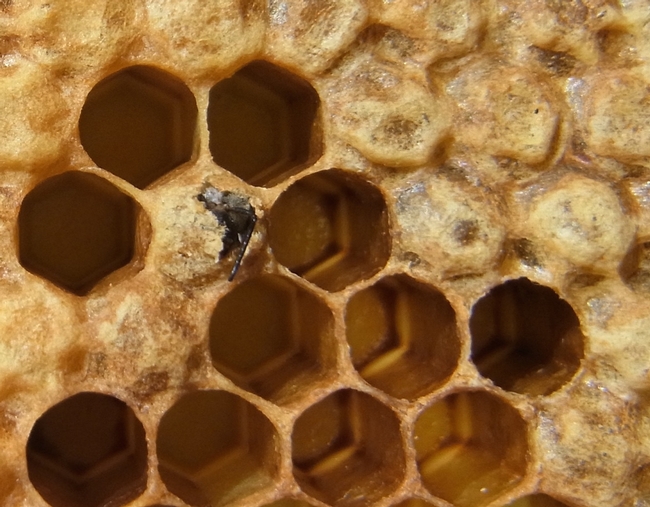
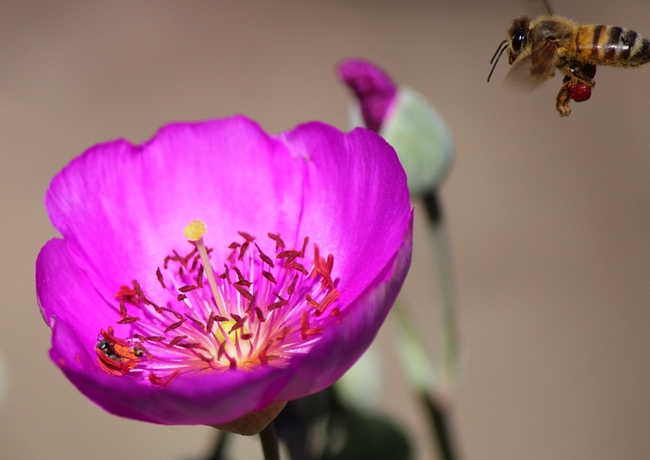
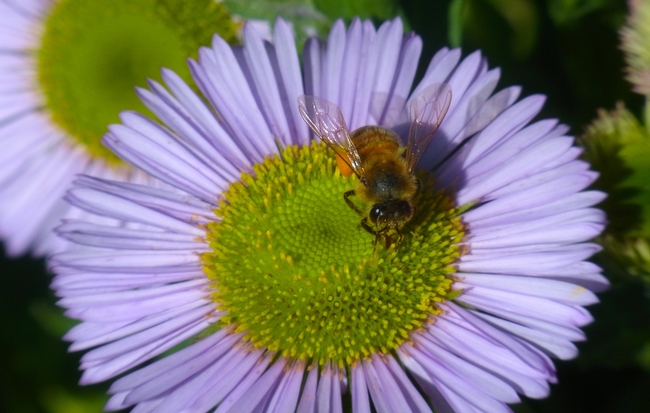
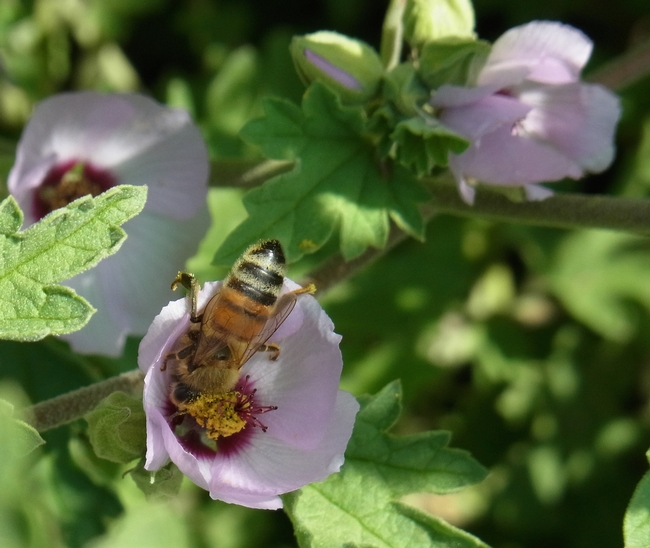
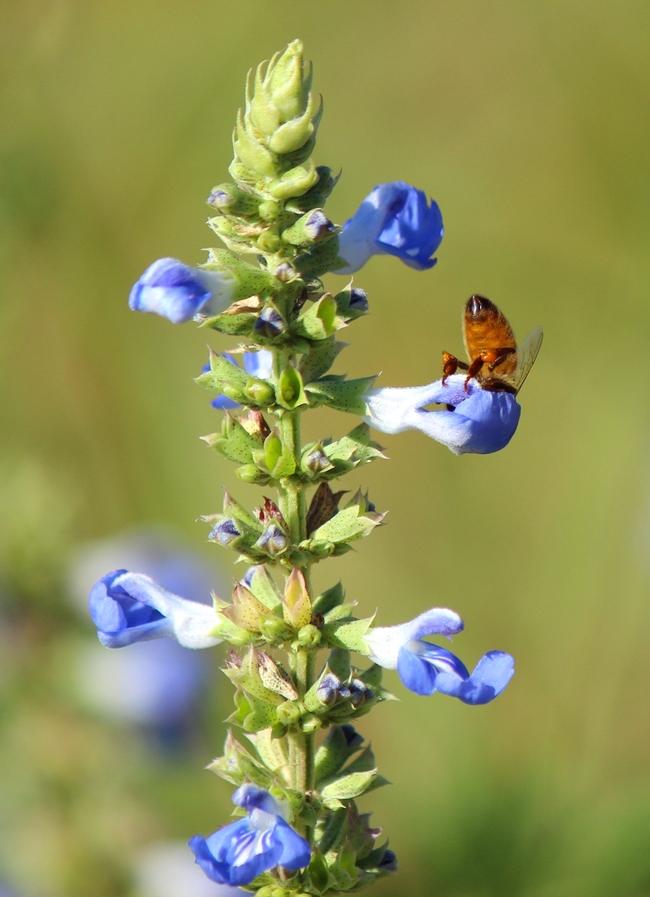
The heat of late summer often leaves gardeners heading for the air-conditioning, but not our bees...here's some plants that love the heat:
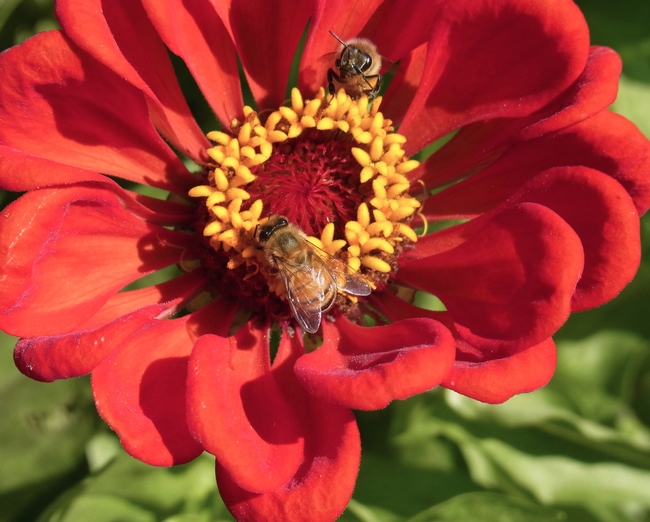
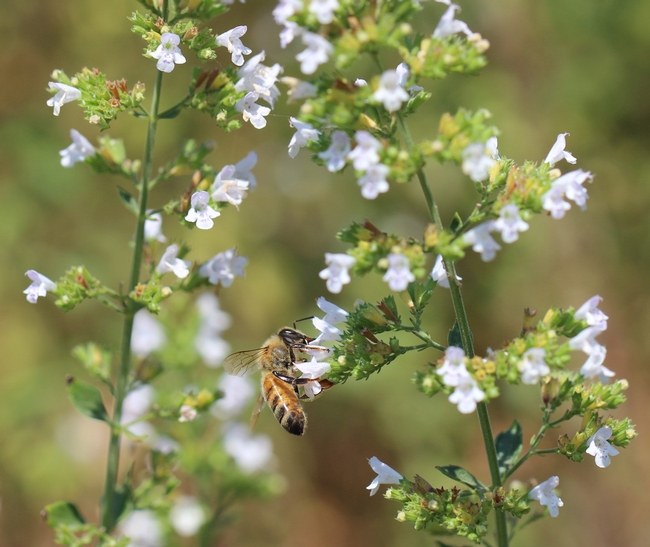
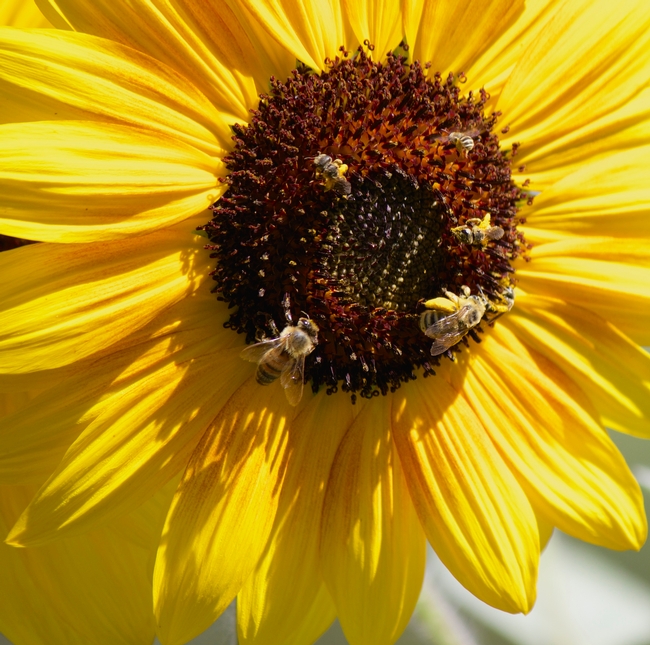
Honey bees need access to water: they don't have AC like we do, but use water to cool the hive. Here's one way to provide a water source:
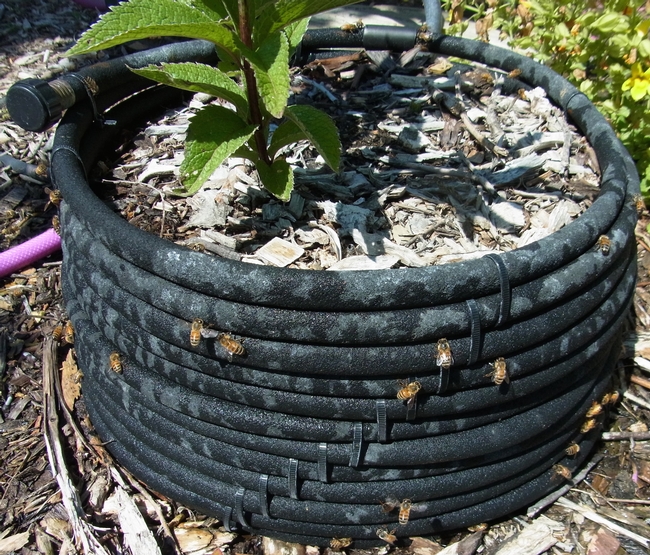
Fall bloomers are important to help honey bees put up enough honey to sustain the hive through the winter. Some good fall bloomers are shown here:
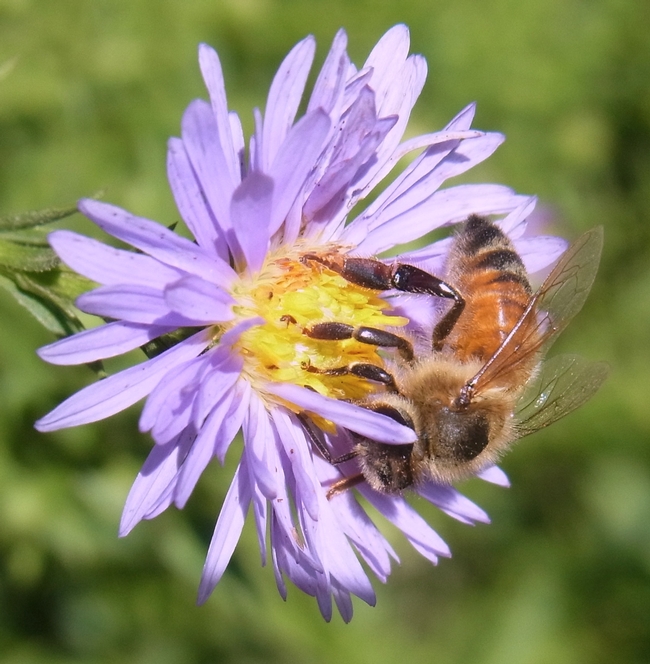
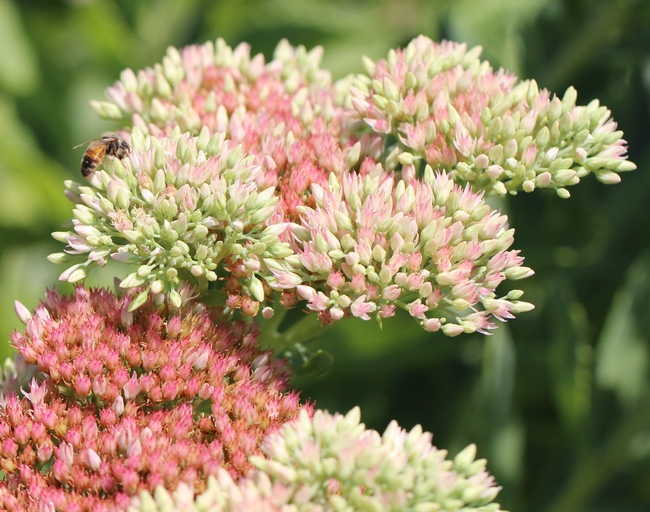
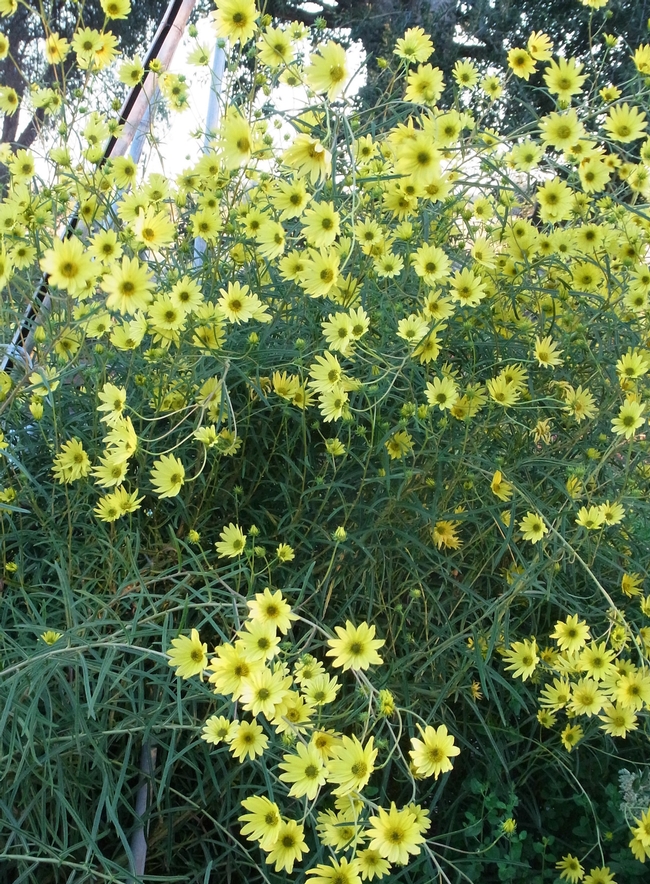
The result of all that hard work....cells being filled with honey, along with full frames of honey that have been capped by the bees for storage in the hive:
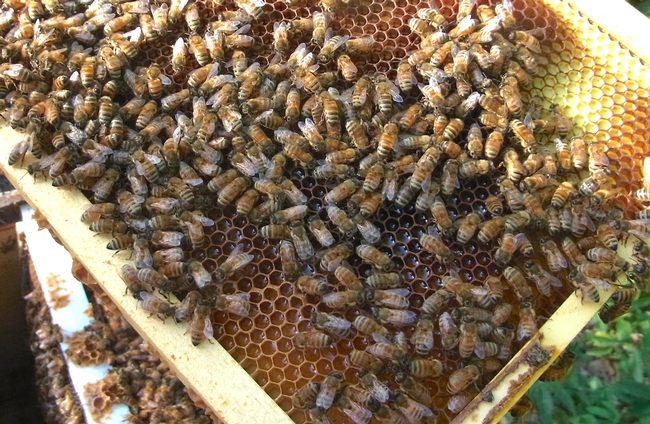
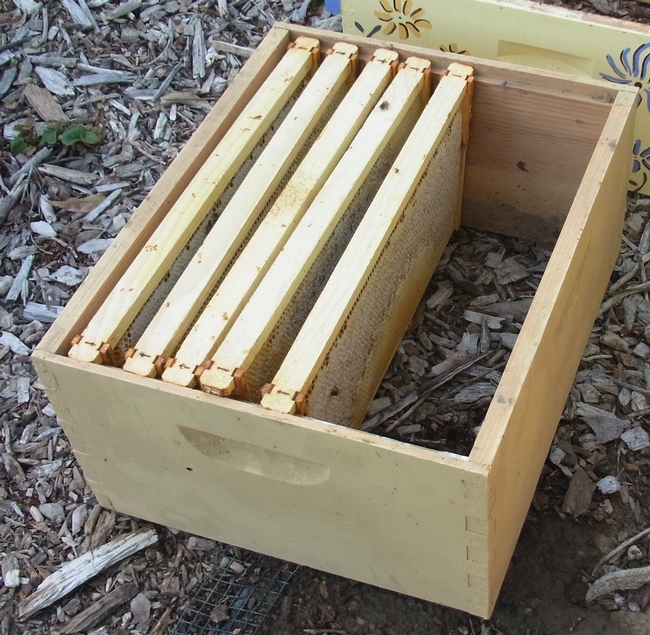
Thanks, bees, for your hard work!